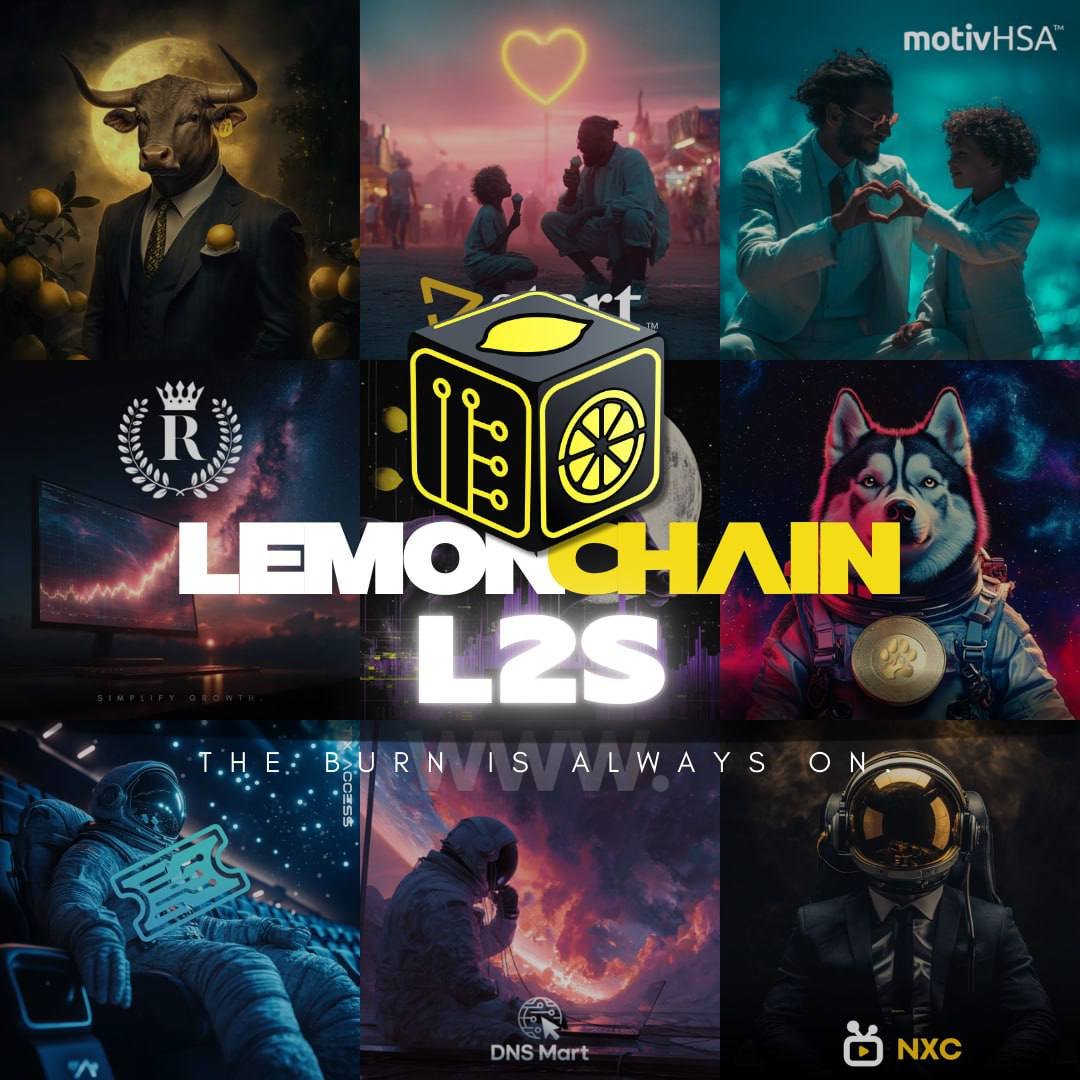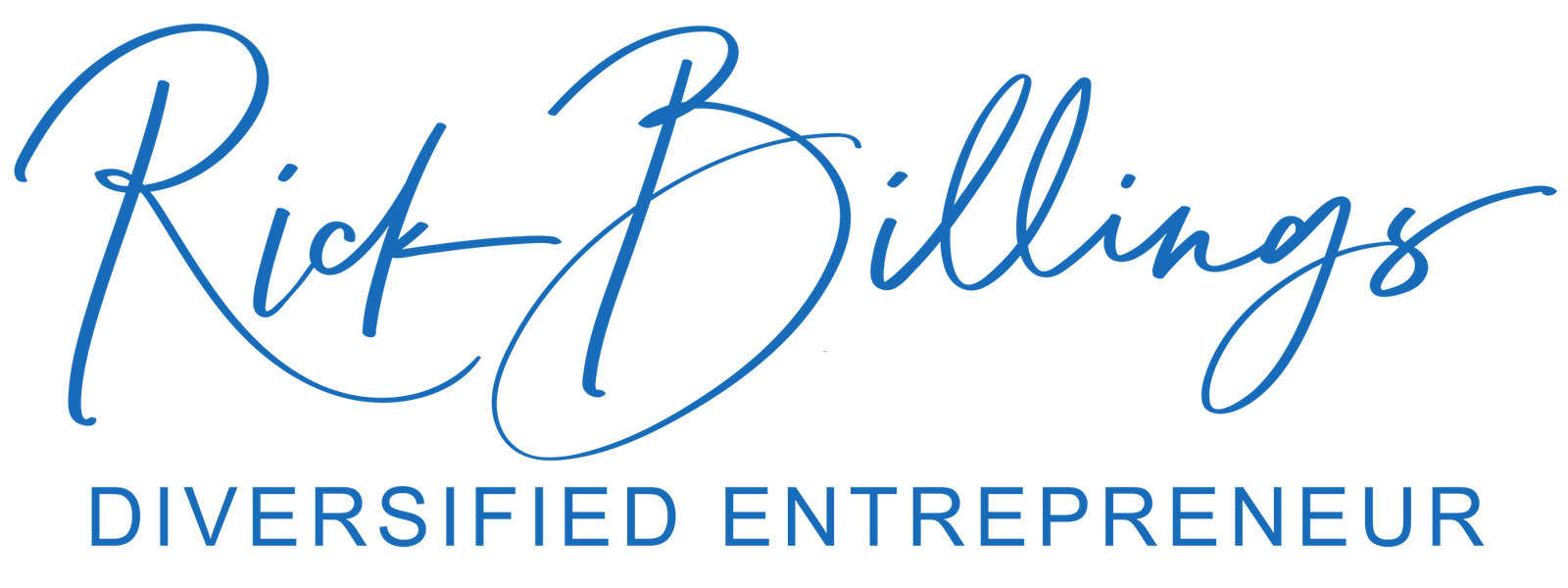The blockchain tokenization of real-world assets (RWA) is transforming financial markets worldwide. By leveraging blockchain technology, it enables fractional ownership, increased liquidity, and broader access to traditionally illiquid assets like real estate, art, commodities, and securities. As this industry accelerates, several blockchain platforms have emerged as leaders in facilitating asset tokenization. This article explores some of the blockchains leading the charge, with a special focus on LemonChain.io and its native token, Lemon (LEMX), highlighting its innovative contributions to this fast-evolving space.
1. Ethereum (ETH)
Overview:
Ethereum is undeniably the pioneer in blockchain-based asset tokenization. Its smart contract functionality and extensive ecosystem—including standards like ERC-20 and ERC-721—have made it the default platform for creating fungible and non-fungible tokens.
Tokenization Capabilities:
Ethereum’s smart contracts enable complex asset management, fractionalization, compliance, and automated transfer logic, making it suitable for applications ranging from real estate to digital art.
Challenges:
Ethereum faces high gas fees and network congestion, prompting the development of Layer 2 scaling solutions such as Polygon, Arbitrum, and Optimism to facilitate cheaper and faster transactions.
2. Binance Smart Chain (BSC)
Overview:
BSC offers a high-performance alternative to Ethereum, with low transaction fees and fast confirmation times.
Tokenization Capabilities:
Supporting BEP-20 tokens, BSC is well-suited for real estate, commodities, and NFTs. Its compatibility with Ethereum-based tools makes it accessible for developers.
Use Cases:
Numerous projects leverage BSC’s speed to tokenize assets, particularly in DeFi platforms and NFT marketplaces, making fractional ownership more accessible.
3. Solana (SOL)
Overview:
Known for its high throughput and low latency, Solana can handle large volumes of transactions efficiently.
Tokenization Capabilities:
Its proof-of-history (PoH) consensus mechanism allows for scalable and real-time asset tokenization, especially useful for high-volume assets like properties or large investment funds.
Use Cases:
NFT platforms and decentralized finance (DeFi) projects on Solana tokenize real-world assets, capitalizing on its speed and low fees.
4. Tezos (XTZ)
Overview:
Tezos prioritizes security, formal verification, and governance—features vital for compliant asset tokenization.
Tokenization Capabilities:
Supporting standards like FA 1.2 and FA 2, Tezos is a preferred platform for regulated assets, including real estate, art, and financial securities.
Advantages:
Its focus on security and upgradability makes Tezos attractive for institutional-grade tokenization projects.
5. Avalanche (AVAX)
Overview:
Avalanche offers high throughput, interoperability, and customizable subnetworks, which are ideal for tailored tokenization solutions.
Tokenization Capabilities:
Its subnet architecture allows creation of domain-specific blockchains, enabling localized, compliant markets for tokenized assets.
Use Cases:
Real estate, commodities, and securities are increasingly tokenized on Avalanche, benefiting from its scalability and flexibility.
6. Polygon (MATIC)
Overview:
As an Ethereum Layer 2 solution, Polygon combines scalability and security with low transaction costs.
Tokenization Capabilities:
Polygon supports various token standards, allowing efficient fractionalization of assets like real estate and commodities within the Ethereum ecosystem.
Benefits:
Its interoperability and near-instant transactions facilitate seamless asset transfer and management.
7. Hedera Hashgraph
Overview:
Hedera Hashgraph uses a unique consensus algorithm offering high throughput with fast finality, backed by enterprise-grade security.
Tokenization Capabilities:
The Hedera Token Service (HTS) enables secure creation and management of asset-backed tokens, supporting compliance and regulation.
Use Cases:
Ideal for tokenizing assets such as real estate, supply chain goods, and financial instruments at an enterprise level.
8. Cardano (ADA)
Overview:
Cardano emphasizes sustainability, security, and formal verification, making it suitable for complex, regulated asset tokenization.
Tokenization Capabilities:
Its native token standard enables straightforward creation and management of asset-backed tokens, with ongoing developments improving functionality.
Progress:
While still emerging, Cardano’s focus on academic rigor and security makes it promising for future RWAs.

9. LemonChain.io (LEMX)
Overview:
LemonChain.io emerges as one of the most innovative platforms dedicated exclusively to the tokenization of real-world assets. Designed to bridge traditional asset markets with the burgeoning decentralized finance (DeFi) ecosystem, LemonChain offers a comprehensive and enterprise-ready infrastructure for issuing, managing, and transferring asset-backed tokens.
Key Differentiators:
- Focused on Real-World Assets (RWA): LemonChain targets tangible assets such as real estate, luxury goods, commodities, and securities, providing specialized tools to handle their unique needs.
- Regulatory Compliance at Core: Incorporating KYC, AML, and legal frameworks directly into its protocols, LemonChain ensures that asset tokenization adheres to regional regulations, facilitating institutional adoption.
- Efficient and Scalable: Leveraging cutting-edge consensus mechanisms, LemonChain guarantees fast transaction finality with minimal fees, essential for large-scale asset transactions.
- Cross-Chain Interoperability: LemonChain supports seamless asset transfers across multiple blockchain networks, enhancing liquidity and flexibility for users and institutions.
- Security & Custody: Its advanced custody solutions ensure secure management of physical assets and tokenized representations.
Lemon (LEMX) Tokenomics:
The native token, LEMX, functions as a utility and governance token within the LemonChain ecosystem. Key features include:
- Voting and Governance: LEMX holders participate in protocol upgrades, policy decisions, and strategic initiatives.
- Staking & Rewards: Users can stake LEMX tokens to earn rewards, incentivizing network participation and security.
- Transaction Fees: LEMX is used to pay transaction fees, fostering an active economy within the platform.
Use Cases:
- Tokenized real estate platforms that allow fractional ownership and global access
- Digitization of physical commodities like gold, art, and collectibles
- Regulatory-compliant asset-backed securities for institutional investors
- Smart settlement and transfer of high-value assets across borders
Future Outlook:
LemonChain’s focus on compliance, scalability, and interoperability positions it as a strong contender in the asset tokenization space. Its ongoing development of cross-chain bridges and enhanced custody solutions aims to foster mass adoption among traditional financial institutions and retail investors alike.
10. Polkadot (DOT)
Overview:
Polkadot’s innovative parachain architecture allows multiple blockchains to interoperate securely, making it ideal for customized, asset-specific solutions.
Tokenization Capabilities:
Parachains can be tailored for financial services, including securities and asset tokenization, with dedicated compliance features.
Advantages:
- High scalability, supporting complex assets with regulatory needs.
- Cross-chain compatibility enabling transfer of tokens across different platforms and ecosystems.
- Ability to build specialized, private, or semi-private blockchains for complex asset management.
Conclusion: The Future of Asset Tokenization
The rapid evolution of blockchain technology is revolutionizing how assets are created, managed, and transferred. Each of the platforms discussed offers unique strengths suited to different needs—from Ethereum’s ecosystem dominance to LemonChain.io’s specialized focus on regulatory compliance and enterprise adoption.
LemonChain.io, with its dedicated focus on real-world assets and its native token, LEMX, epitomizes the next wave of platforms designed to make asset tokenization accessible, compliant, and scalable at an institutional level. Its innovative approach to interoperability, security, and regulatory adherence could catalyze mainstream adoption.

As the industry matures, it’s clear that the convergence of blockchain innovation and traditional assets will unlock vast new opportunities—offering liquidity, transparency, and democratization of ownership previously unavailable or difficult to access.
Disclaimer
This article is for informational purposes only and should not be considered financial advice. Always conduct your own research or consult with professionals before investing in any blockchain platform or asset.
